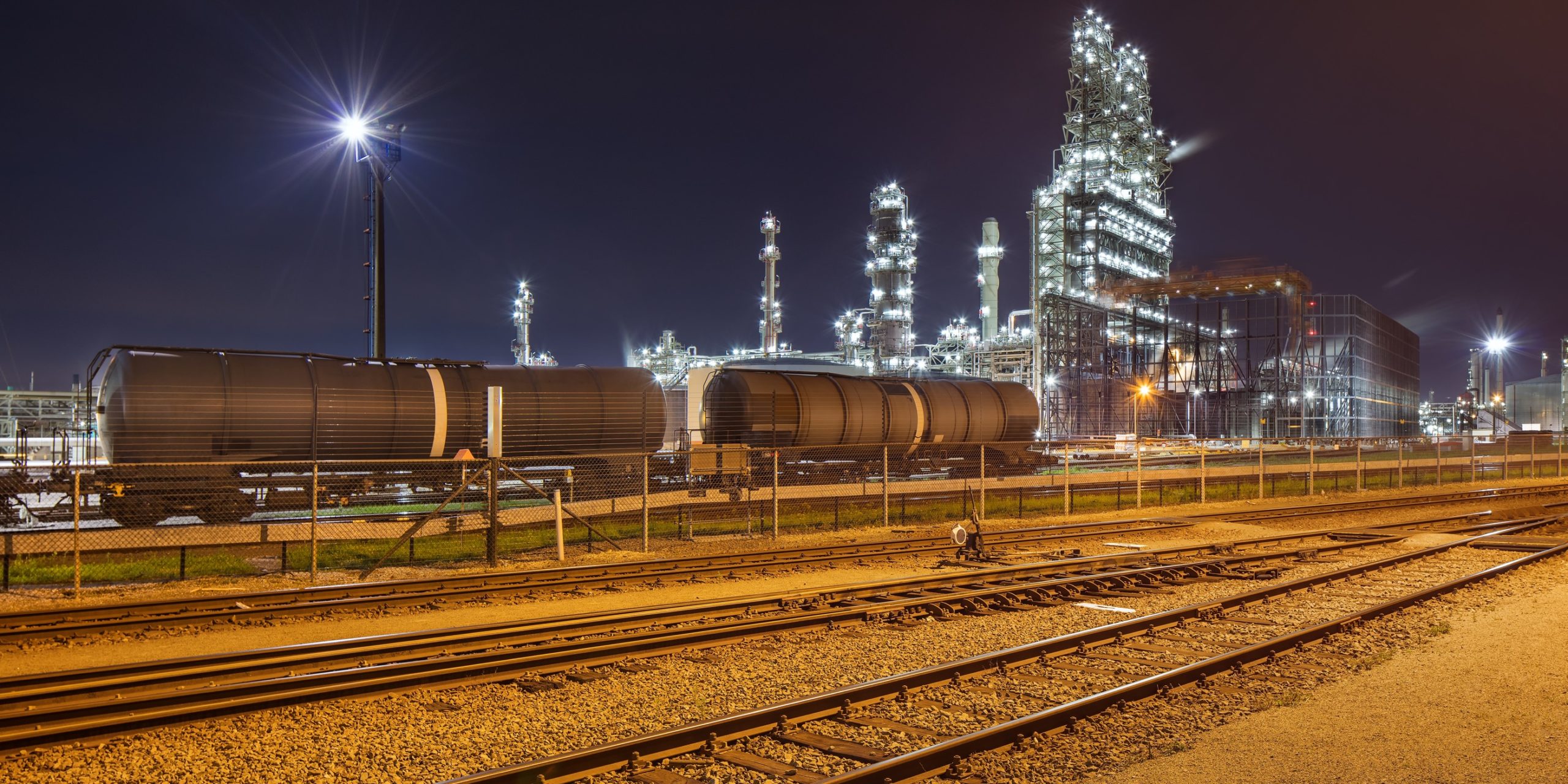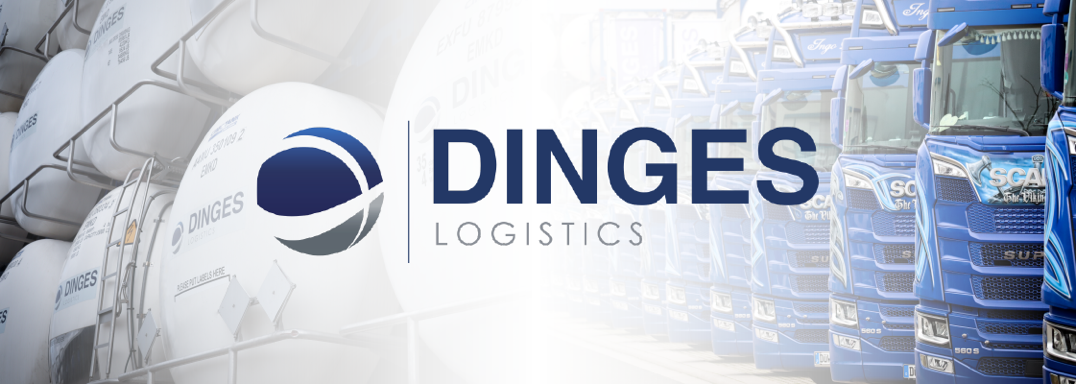G-Volution and SBL-Rail reveal dual-fuel locomotive concepts
G-volution and SBL-Rail have revealed evolved dual fuel concepts for Class 37, Class 59 and Class 66 locomotives, as being representative of Type 3 and Type 5 locomotives and their operations.
Dual fuel engines utilise compression ignition which combusts two fuels simultaneously, demonstrating how diesel fuel could be superseded by renewable net zero carbon emission fuels.
The development of dual-fuel engines has been a focus for G-volution since 2008 and the low carbon and emissions solutions company can now reveal how this technology could support UK freight locomotives.
The revealed concepts include the use of diesel with biomethane, diesel with biopropane and diesel with hydrogen with Class 37’s English Electric 12CSVT and Class 66 EMD 12-710 engines being replaced with new dual-fuel engines developed by G-Volution.
The new dual-fuel engines meet the Stage V emission standard. A twin-engine concept has also been revealed for Class 59 and Class 66 utilising two smaller new dual-fuel engines and dual-fuel evolution of the Class 66 original EMB 12-710 engine.
The locomotive’s original engines could be evolved into dual fuel, current engines provide greater efficiency alongside the chance to utilise advanced combustion control strategies which fall in line with the necessary compliance with regards to the most up-to-date emission standards.
The concept process sees the original diesel tank/s replaced with a smaller diesel tank alongside cylinders for biomethane, biopropane or hydrogen which use the location of part of the original diesel tank. A number of fuel tank solutions have been developed for each fuel type and include either a number of smaller cylinders or larger cylinders. An example solution is given below for each locomotive type.
Biomethane can be produced using anaerobic digestion of organic waste streams such as food, farm or sewage waste. To date, there are 670 biomethane production plants in the UK and is a renewable fuel replacement for natural gas.
Biopropane can be produced using differing methods from biomass to biological options. Biopropane is a renewable fuel replacement for Liquefied Petroleum Gas (LPG).
SBL-Rail also revealed that the diesel part of dual fuelling could also be replaced by renewable biodiesel in the future. It would be possible for biodiesel to replace fossil fuel diesel fuel fully however this would not reduce tailpipe emissions other than carbon dioxide.
Dual fuelling is beneficial due to its ability to reduce particulate emissions as well as carbon emissions. By utilising a Diesel Particulate Filter (DPF) an engine spends less time working against an increased back pressure as the filter fills, meaning less DPF regenerations are required leading to increased engine efficiency and a further reduction of fuel consumption.
The Class 66 used the new 4-stroke dual-fuel engine and saw a 10 percent improvement in fuel usage when compared to its original 2-stroke EMD engine.
The Class 37 used the new dual-fuel engine and saw a 13 percent improvement in fuel consumption when compared to its original English Electric 12CSVT.
The dual fuel evolution for the EMD engine creates increased replacement rates of diesel which is due to the 2-stroke engine being less efficient than the new 4-stroke dual fuel engine and also does not meet the current Stage V emission standards.
When comparing energy, biomethane is 0.47 times the price of diesel, biopropane is 0.58 times the price of diesel and hydrogen made using natural gas is 1.3 times the price of diesel. Hydrogen made using electrolysis is six times the price of diesel creating a negative cost saving for the EMD hydrogen dual fuel evolution. The new dual-fuel hydrogen engines provide positive cost savings because of their improved efficiency when compared to the original engine, creating overall lower operational costs.
Biomethane and biopropane dual fuel engines provide substantial reductions in carbon emissions as well as financial savings when compared to diesel. Hydrogen could also have a similar impact once it is made using renewable sources and when the cost of production becomes cheaper than it is currently.
The report is based on fuel prices from 2020. With diesel prices anticipated to increase in the future. Biomethane and biopropane are not impacted by the crude oil price and it is expected that as production volumes rise the cost will fall. Green hydrogen made using electrolysis relies on renewable electricity and will need electricity prices to fall or diesel prices to increase further before it can create cost-effective operations over diesel.
For more information visit www.g-volution.co.uk
31st October 2022



















